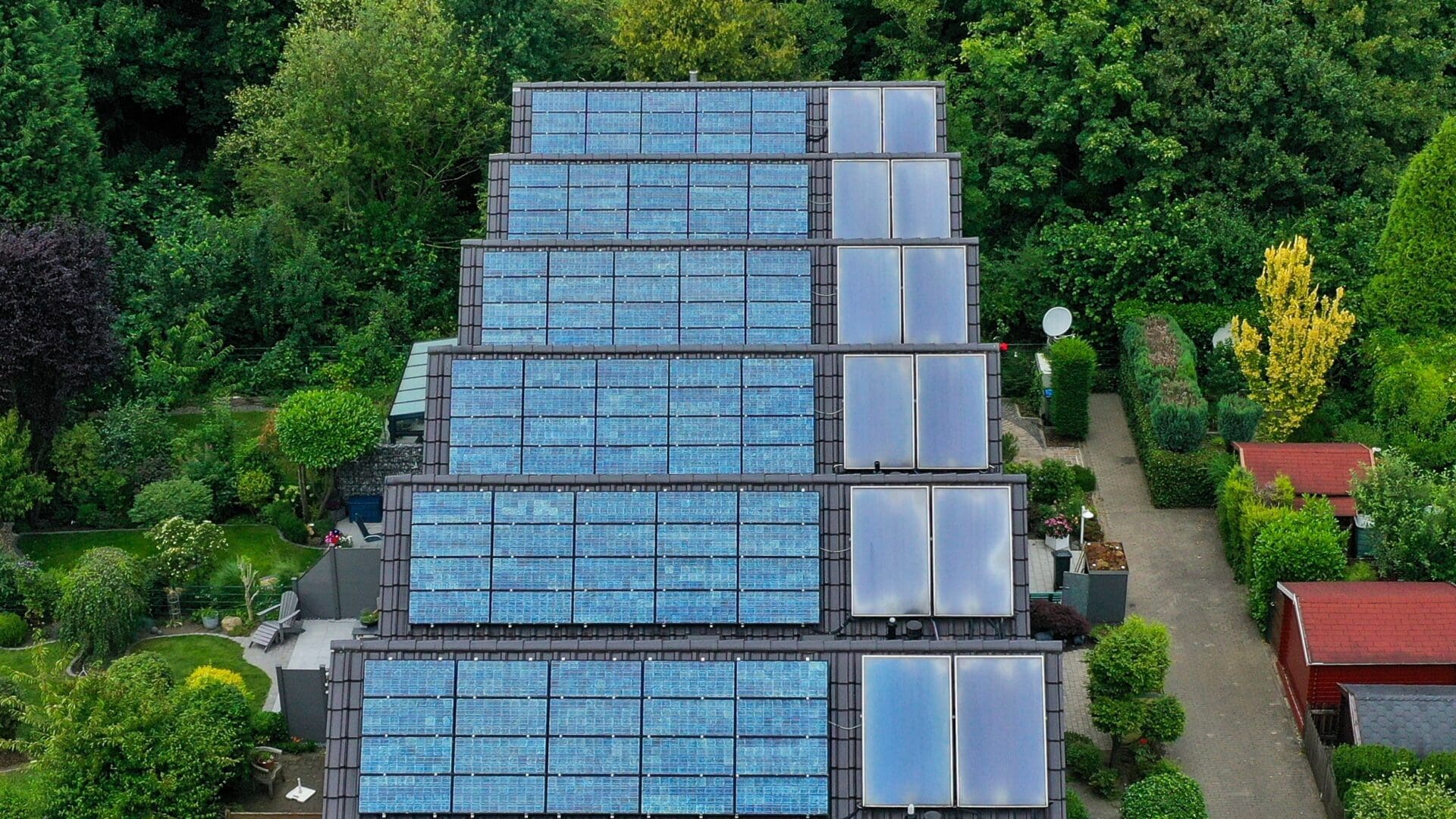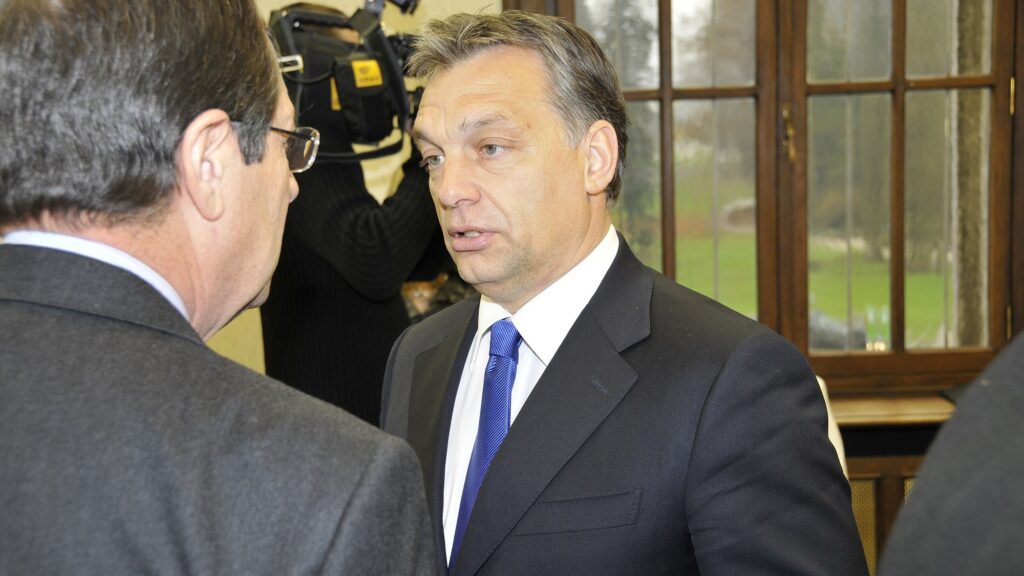The fulfilment of green energy goals relies on industrial power plants and storage facilities connecting to the grid by 2030, as announced by the Ministry of Energy (EM).
According to the statement, the second round of grid connection requests for new weather-dependent renewable and energy storage capacities greatly exceeded expectations. Industrial investors have expressed their intention to establish a total capacity of over ten gigawatts for solar power plants, wind turbines, and storage facilities. To ensure the feasibility of these developments, only those requests that can be connected to the system by 2030 are accepted under the current procedure, thus contributing to the achievement of the revised targets set in the National Energy and Climate Plan for green energy, the ministry announced.
In recent years, solar energy capacities in Hungary have grown significantly. Thanks to this dynamic growth, the previously targeted six gigawatts of total installed capacity for 2030 are already available. The new target set in the National Energy and Climate Plan is twice the previous commitment, that is, twelve gigawatts. Starting from January,
the government has significantly eased the regulations for installing wind turbines.
With the new conditions, the current 330-megawatt capacity could triple by 2030. It was noted that besides generating green energy, it is also essential to ensure its efficient utilization by storing it. The current energy storage capacity of only twenty megawatts could increase twentyfold by 2026 and fiftyfold by 2030.
Solar energy investments already approved for connection could increase the domestic total capacity by another five gigawatts by the end of 2028. In addition to this, an additional five gigawatts of capacity have been requested in the second round of grid connection applications. Industrial investors have also expressed their intention to install approximately 2.5 gigawatts of both wind turbines and storage facilities. It was mentioned by the EM that under the current procedure, such a volume of development plans can only be partially addressed. The expansion of the electricity grid and the creation of flexible capacities to maintain system balance are supported by investments worth hundreds of billions of forints. However,
disproportionate and unjustified overdevelopment must be avoided,
and alongside industrial renewables, sufficient space must be provided for the installation of residential solar panel systems, the ministry emphasized.
A regulation published in the Official Gazette allows for an increase in the amount of green energy generated beyond sunny hours throughout the year. To this end, new wind turbine capacities that can be integrated into the system by 2030 at the latest, as well as requests remaining from previous procedures will receive grid connection permits within the next sixty days. Applicants can modify or even withdraw their requests by reducing the installed capacity of the power plant to increase their chances of obtaining a connection opportunity. The EM stated that future demands scheduled for after 2030 will be uniformly rejected by the grid license holders without further consideration. Deposits will be refunded, and in the case of bank guarantees, they will be released. Determining and allocating available network capacities will be done according to new rules developed by the end of 2024, the statement added.
The Ministry of Energy will continue to support and encourage the establishment of green energy capacities. To rationalize the necessary network developments, it is advisable to install new producers and storage facilities primarily at existing or already approved grid connection points, where investments can be realized before 2030 with lower connection costs than building new connection points. According to the statement, based on the fresh provisions, the Hungarian Energy and Public Utility Regulatory Authority will publish quarterly updated, map-based information on available grid connection points. Detailed information facilitates industrial investors to carry out their developments in mutually beneficial collaborations, aligned with existing capacities and the network’s load-bearing capacity, the statement highlighted.
The EM’s announcement stated that the further expansion of green energy contributes to meeting climate commitments, strengthens domestic supply security, and enhances Hungary’s energy sovereignty.
Related articles:
Sources: Hungarian Conservative/EM/MTI








